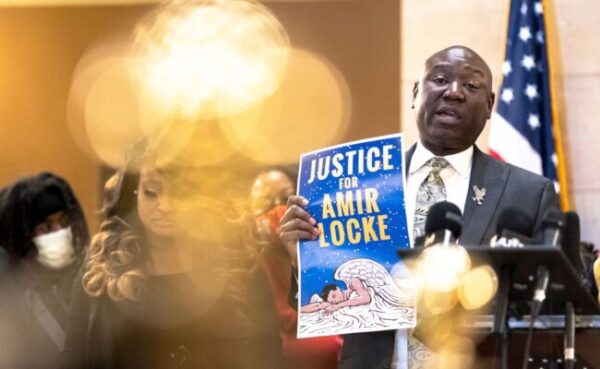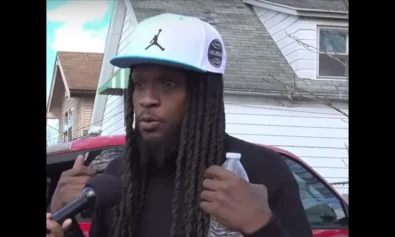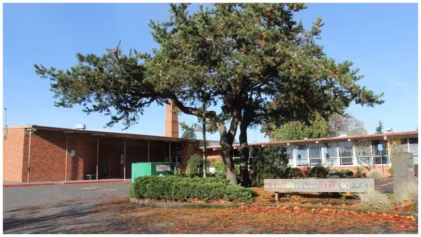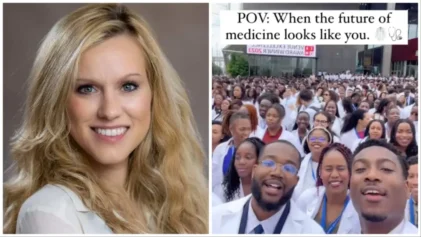The Minneapolis Police Department is riddled with racism, according to a state civil rights investigation that found officers surveilled Black leaders and organizations and ignored white supremacist threats online.
The 72-page report details a law enforcement agency imbedded with hatred toward Black people depicted through racist language and disproportionate rates of violence inflicted on African-Americans.
Investigators also found officers created fake social media accounts to spy on and troll the Black community.

The report, constituted after the police killing of George Floyd, said the department maintains a culture where officers “consistently use racist, misogynistic, and disrespectful language and are rarely held accountable” and use “higher rates of more severe force” against Black people than white people.
The illegal “pattern or practice of race discrimination” has prevailed in the Minneapolis Police Department for at least a decade, the report by the Minnesota Department of Human Rights says.
The organization is calling for a complete overhaul of the agency where it found “repeated, routine, or of a generalized nature” of “denial of rights” violating the Human Rights Act.
“Without fundamental organizational culture changes, reforming MPD’s policies, procedures, and trainings will be meaningless,” the report says.
The Human Rights agency launched the comprehensive review with help from a policing statistical expert on June 1, 2020. Investigators examined about 700 hours of body-worn camera footage, nearly 480,000 pages of Minneapolis and MPD documents, 87 hours of 2021 police academy training and completed multiple ride-alongs in each of MPD’s five precincts.
They also looked at use-of-force data from January 1, 2010, to December 31, 2020, and traffic stops from January 1, 2017, to May 24, 2020. Investigators interviewed police officers, prosecutors and 2,200 residents as well.
The agency now plans to develop a court-enforceable agreement with the city to identify and implement a timeline for specific changes.
Most notably, the agency recommends that MPD immediately implement proper oversight over officers’ use of covert social media.
Police departments can create bogus social media accounts for an investigation if criminal activity or a public safety issue exists.
However, investigators found that from January 2010 through December 2020, MPD officers monitored members of Black people and organizations, including the NAACP and the Urban League, “without a public safety objective.”
They poised as Black people online and sent messages, made posts and comments that perpetuate Black stereotypes, especially about Black women.
In one instance, an MPD officer sent a message from a fake account to a local branch of the NAACP criticizing the organization. They also used the accounts to troll police critics and local officials, including a city councilmember and a state elected official.

On the other hand, they did not track white supremacist or white nationalist groups. Yet, during the civil unrest following Floyd’s killing, a white member of the Boogaloo Bois shot 13 rounds from an AK-47 into the MPD’s third precinct.
The internal culture at MPD is at the core of the racial discrimination in the report’s findings. Some in the agency refer to Black people as n-words and “monkeys” and Black women as “Black b——-s.” One supervisor referred to Somali men as “orangutans.”
Black officers were not exempted from racial discrimination, often referred to as “nappy head” and “cattle.” Instead of complaining, Black officers would bear the harassment because they believed the city would not address it.
Investigators also found that from January 2010 to April 2021, MPD hardly disciplined officers for using racist, misogynistic, or inappropriate language, the report shows.
Once the culture expanded beyond the agency’s doors and into the field, it created a perilous environment for Black residents, who account for 19 percent of the city’s population but suffered 63 percent of all use-of-force incidents that investigators examined. Some ended in death.
In addition to Floyd, the department is notorious for the police killings of Jamar Clark and Amir Locke.
“MPD officers have disproportionately killed community members of color and Indigenous community members,” the report says.
Investigators found that officers used “unnecessary and inappropriate” levels” of neck restraints and chemical sprays on Black residents.
They were nearly twice as likely to use neck restraints against Black residents than white residents, the report shows. Officers failed to report at least 6 percent of the times they used neck restraints, so investigators believe the racial gap may be wider.
In one instance, an MPD officer used mace to disperse a group of Black men on a street corner pushing one another, then pointed the mace at other Black people who were not part of the group but did not give the same treatment to white people who were there.
While officers were likely to use soft tactics on white people, they would often arrest and cite Black people with obstruction or disorderly conduct “for things that could fall under the category, arguably, of pissing off the police.”
About 54 percent of traffic stops involved Black drivers, and 78 percent of Black drivers’ vehicles were searched by police, the report shows. Investigators also found that Black and other minorities were more likely to be pulled over by a police officer in the daytime when officers could see their skin color than at night.
While the Department of Human Rights is working to develop an agreement, it says the city and police officials must complete “comprehensive and non-biased investigations” of cases of police misconduct. The MPD must also improve its training, and city and police officers must start being transparent with residents.
According to the report, officials “have not collectively acted with the necessary urgency, coordination, and intentionality required to create and maintain a non-discriminatory, strong public safety system.”
Minneapolis Mayor Jacob Frey said the report’s findings were “repugnant” and “at times horrific” and vowed he would lead the efforts for change. However, the Human Rights agency said the mayor and other city leaders have avoided accountability by claiming not to have the “necessary authority or political will and support to manage the police department.”
“However, the Mayor has held this power for decades,” the report says.


